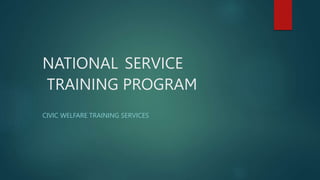Here are some positive traits I see in myself:
- Hard working - I give my best effort in whatever task I take on.
- Friendly - I enjoy meeting new people and making connections.
- Optimistic - I try to look at the bright side of situations.
- Creative - I like coming up with new ideas and solutions.
- Curious - I'm always interested in learning new things.
- Reliable - Others can depend on me to follow through on commitments.
- Adaptable - I'm flexible when changes or challenges arise.
- Compassionate - I care about others and try to help when I can.
Focusing on my strengths










































































































































